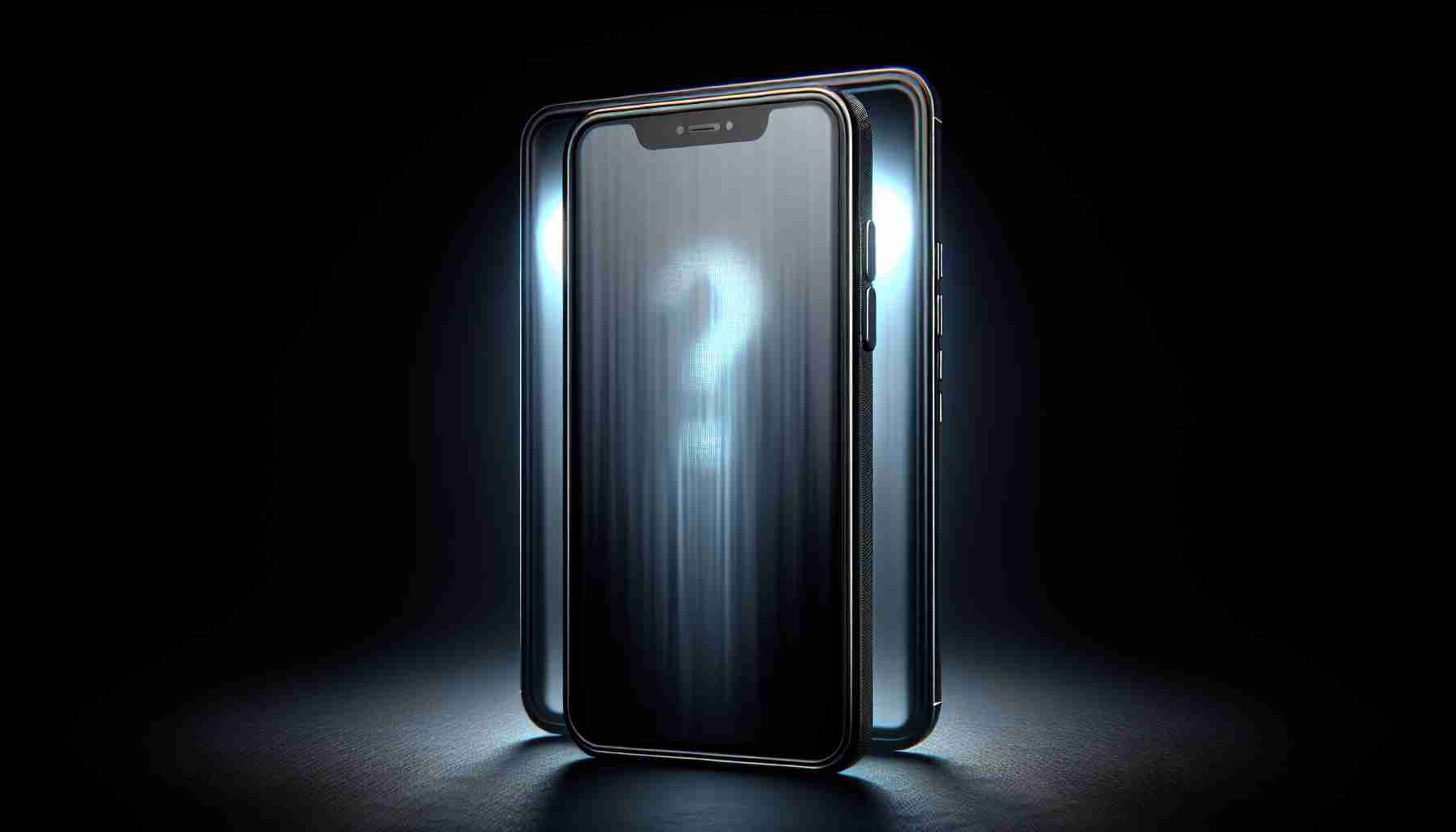
The iPhone 16 Pro officially launched on September 20, 2024, following a highly anticipated Apple event. Enthusiastic fans flocked to stores worldwide, eager to experience the latest iteration of Apple’s flagship smartphone. Despite generally positive feedback from early adopters, some users have reported problematic performance with the device’s touchscreen.
A notable publication highlighted that various users encountered issues such as taps and swipes not being registered effectively. This led to frustrating experiences where users missed touches or faced difficulties while scrolling and typing. Investigations suggest that these problems may arise from a software glitch instead of hardware malfunction.
Specifically, reports indicate that the touchscreen holds up well while on the lock screen, but issues become evident post-unlock. Users noticed that the problems mainly surface during navigation between home screen pages and when interacting with apps, pointing towards a potential issue with the touch rejection mechanism.
Users of the iPhone 16 Pro running both iOS 18 and the beta version, iOS 18.1, have reported these challenges. Apple has not yet commented on the situation, but there is widespread speculation that a forthcoming software update may resolve the touchscreen concerns.
In terms of pricing, the iPhone 16 Pro starts at ₹1,19,900 in India for the entry-level 128GB variant, with other storage options available at higher price points.
Touchscreen Problems Emerge with iPhone 16 Pro: What You Need to Know
As users continue to explore their new iPhone 16 Pro, a concerning trend regarding the device’s touchscreen functionality has emerged. Although the device was celebrated at its launch event on September 20, 2024, reports indicate that some users are experiencing significant issues that could affect the overall user experience and Apple’s reputation for quality.
What are the main concerns raised by users regarding the iPhone 16 Pro’s touchscreen?
Reports suggest that users are experiencing inconsistent touchscreen responsiveness, specifically when swiping between home screens or engaging with apps, resulting in frustrating delays and unregistered taps. These problems appear to become more prominent when transitioning from the lock screen to unlocked use, questioning the reliability of the device’s touch rejection features.
What could be the underlying cause of these touchscreen issues?
While early investigations point to potential software glitches, speculation suggests a deeper concern regarding the touch sensitivity calibration used in the iPhone 16 Pro. Some tech analysts indicate that the issue might not solely be software-related; hardware adjustments may need to be considered to correct the calibration of the touch sensor layers.
What are the advantages and disadvantages of the iPhone 16 Pro with respect to touchscreen functionality?
Advantages:
1. **Advanced Display**: The iPhone 16 Pro features a high-resolution OLED display that offers vibrant colors and deep blacks, which can enhance user interaction when functioning correctly.
2. **Efficient Hardware**: The A17 chip ensures that other functionalities of the iPhone, such as graphic rendering and processing speeds, are optimized, making it capable for demanding applications.
Disadvantages:
1. **Touchscreen Responsiveness Issues**: Users encounter challenges such as missed taps and scroll delays, which detract from the device’s usability and overall experience.
2. **User Frustration**: The inconsistencies can lead to user frustration, particularly for those who rely on seamless touch interactions for productivity tasks or gaming.
What steps is Apple likely to take in response to these concerns?
Apple’s typical response to such concerns includes the release of an urgent software update aimed at addressing identified issues. Given the pattern observed in past iPhone launches, it is anticipated that Apple is already working on a patch that could be deployed in the near future to enhance touchscreen performance and resolve known glitches.
What key challenges does Apple face regarding the touchscreen issues?
1. **Consumer Trust**: With a dedicated customer base, Apple faces the challenge of maintaining consumer confidence in their engineering despite these touch issues. A persistent problem may lead to a decline in customer loyalty.
2. **Market Competition**: Other competitors in the smartphone market are ready to capitalize on any perceived weaknesses in Apple products. If the issues continue unresolved, it may open opportunities for rival brands to attract dissatisfied customers.
With the iPhone 16 Pro unveiled and in the hands of consumers, these touchscreen concerns raise critical discussions about the device’s functionality and Apple’s timely responsiveness to emerging user issues. For more information on Apple’s updates and product releases, visit the official Apple site at apple.com.
The source of the article is from the blog revistatenerife.com
